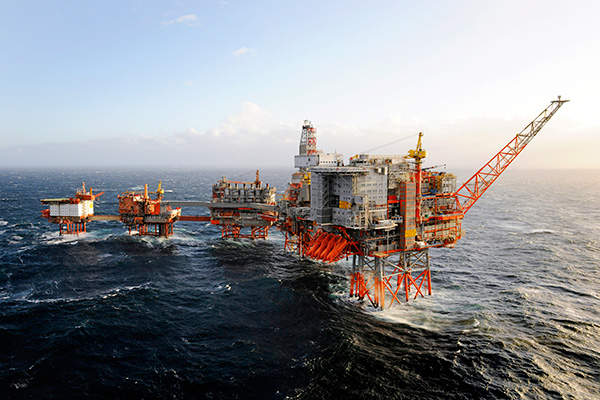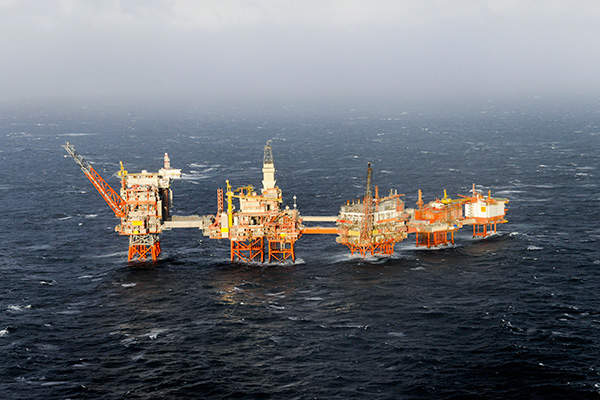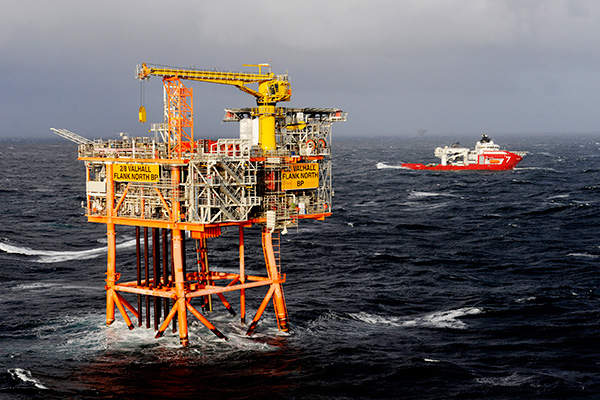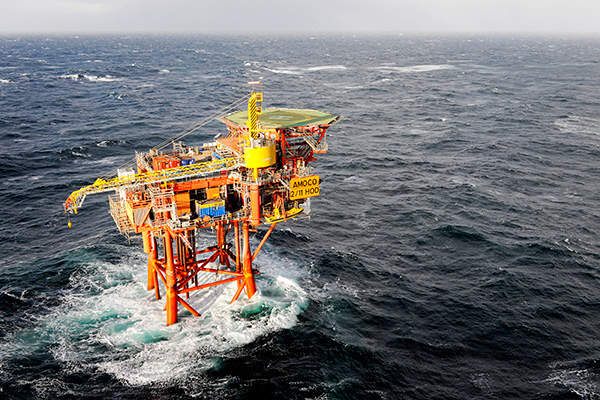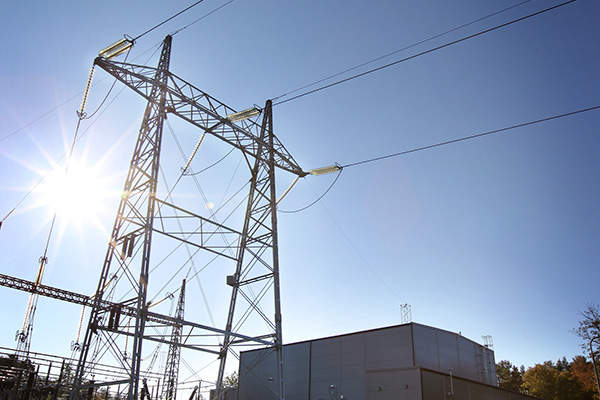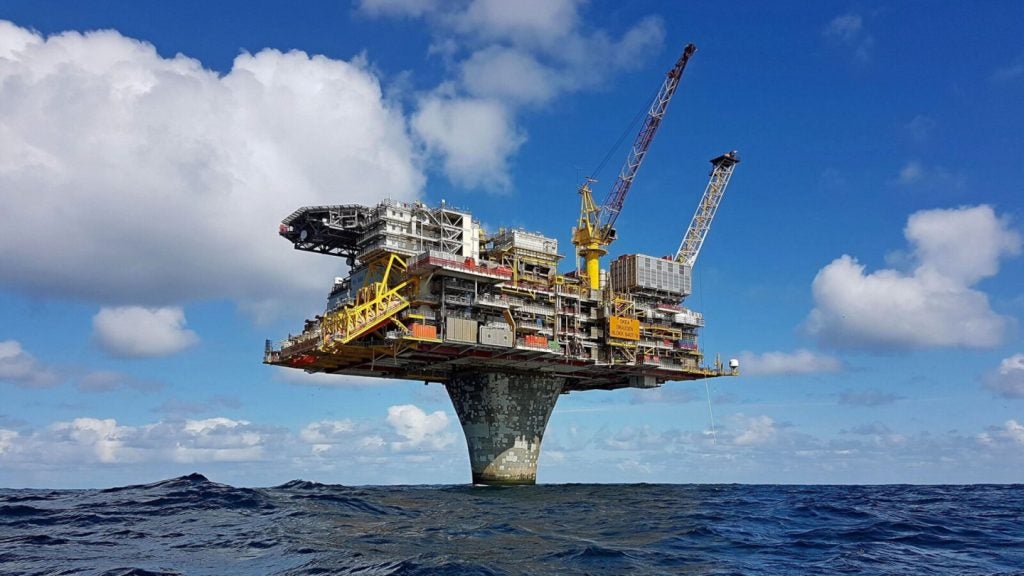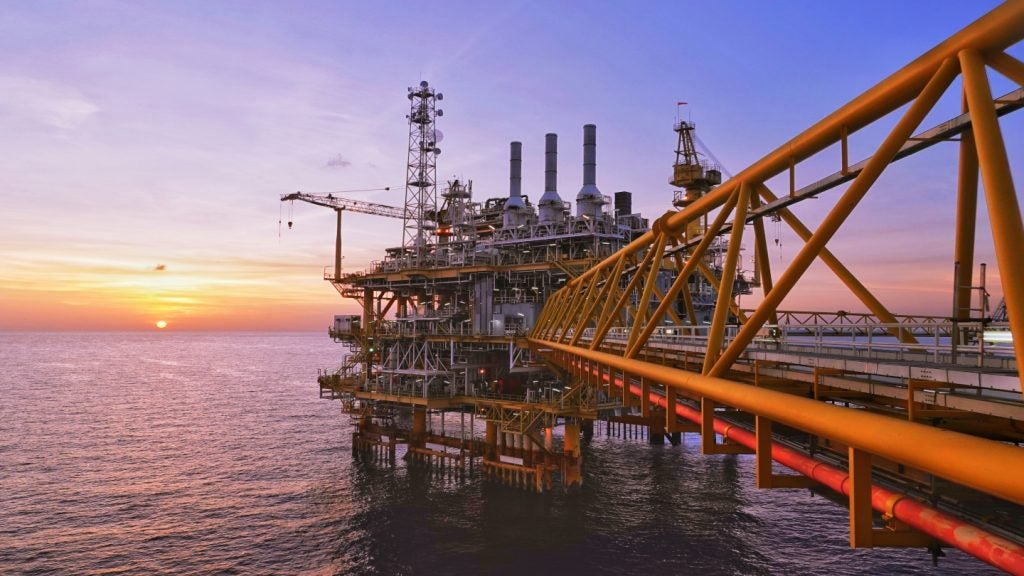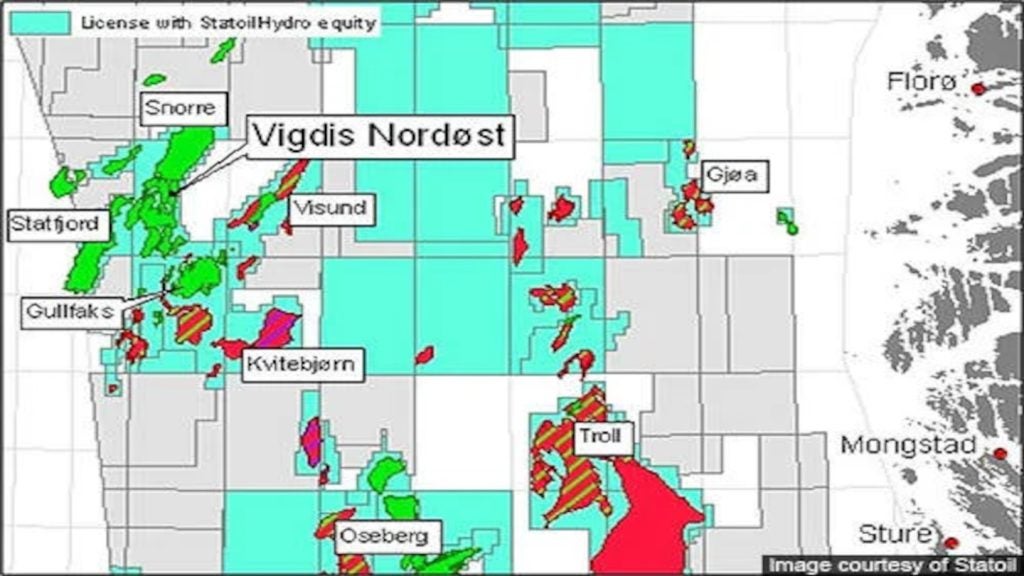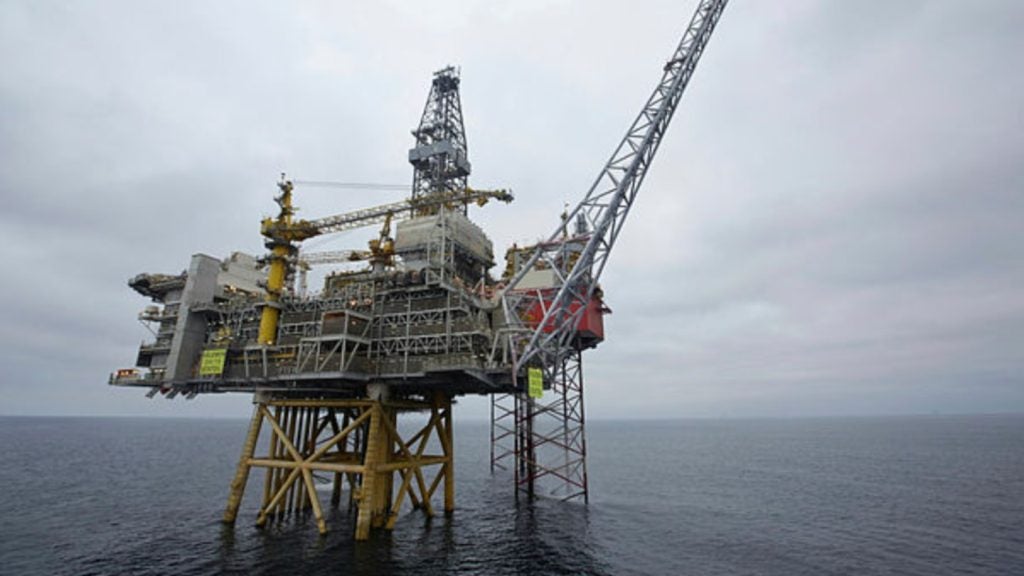
The Valhall oilfield, operated by BP, has been in production for more than 30 years. Recent developments have further extended the field life to 2050. The platform at the neighbouring Hod field is also remotely operated from Valhall.
Oil and gas at the field is located within chalk rocks in the Tor and Hod formations of the late Cretaceous age, at a reservoir depth of approximately 2,400m. The water depth at the oilfield is around 70m.
Infrastructure at the field is composed of six separate manned, bridge-linked platforms: the quarters platform (QP), the drilling platform (DP), the production and compression platform (PCP), the wellhead platform (WHP), the water injection platform (IP), the new combined process and hotel platform (PH), and two unmanned flank platforms.
Oil produced from the field is exported through a 20in-diameter pipeline via Ekofisk to Teeside, while the produced gas is exported via the Norpipe pipeline to Emden.
The first phase of decommissioning the old facilities at the field is expected to start in 2015 and continue until 2025.
1975-82
Amoco Norway, the former operator, discovered the Valhall oilfield in 1975 by drilling the 2/8-6 discovery well, which encountered a thick oil zone. The field was appraised by drilling the 2/8-7 and 2/8-8 wells in 1976 and declared commercial during the same year.
The development plan approval for the field was granted in 1977 and installation of the QP, DP and PCP started in 1979. Production from the field started in October 1982.
1990s
The WHP, comprising 19 well slots, was installed in April 1996 and started production in June that year. At the end of 1997, the field had 34 production wells. Recoverable reserves from the field in 1997 were estimated at 116.8 million cubic metres of oil and 27.8 billion cubic metres of gas.
Amoco merged with BP in 1998 and BP Amoco was established in 1999.
2000
BP Amoco was renamed as BP in 2000. The Valhall Water Injection project, aimed at recovering an additional 155 million barrels of oil, was given the green light.
2001
The Valhall Flank project, involving the installation of two unmanned flank platforms, was approved in 2001.
2002
The Valhall South Flank platform, featuring 16 well slots, was installed in 2002.
2003
PFLNG – 2 project involves the installation of a new FLNG facility at the deepwater Rotan Gas field.
The IP was installed in 2003. The Valhall South Flank platform started production in May, and the Valhall North Flank platform was also installed during the same year.
2004
First water injection at the field started in January 2004 and production started from the Valhall North Flank platform in the same month.
2005
The Valhall Redevelopment project plan, involving the installation of the combined PH platform, was agreed upon in 2005. The first contracts for the project were awarded, the most prominent being the front end engineering design (FEED) contract awarded to Fabricom and Wood Group, including the latter’s sister companies Mustang Engineering and J P Kenny.
Field development partners decided to source the power required for the new platform from Elkem’s 300kV onshore substation at Lista, via a 294km-long power cable.
2006
In 2006, the Draft Plan for the Redevelopment project was submitted to BP’s partners.
2007
The Valhall Redevelopment project was approved by Storting (Norwegian Parliament) in June.
2008
New bridges and walkways for the PH platform were installed, the HVDC Lista converter station constructed by ABB at Lista was commissioned in June and the Safe Scandinavia flotel arrived for operations at Valhall in December.
2009
The Valhall Flank gas lift project was approved by BP and its partners, and the steel jacket for the new PH platform was installed in June. The gas lift project is expected to be completed in 2015.
2010
The main deck, accommodation module and bridges were installed on the PH platform in July, BP increased its ownership in Valhall to 35.95% and Hess acquired Shell’s share of 28.09 % in September 2010. The power cable between Lista and the Valhall field was also completed.
2011
Living quarters on the new PH platform started accommodating personnel in March and started receiving power from shore in June. Maersk Reacher drilling rig arrived at Valhall in September for operations in the field under a three-year contract.
Production from the field averaged 22,000bpd in 2011.
2012
An onshore control room at Forus was opened in January for remote operations of the field’s wells. A 4D streamer was acquired for the Valhall field, making it the world’s first offshore field fitted with a permanent life-of-field seismic system. The streamer contains approximately 10,000 sensors in the seabed, enabling accurate 4D surveys.
Average production from the field fell to 13,000bpd in 2012 due to the shut-in of the field’s production facilities for installation and commissioning of the new facilities from July 2012 to January 2013.
2013
The PH platform commenced production in January and the PCP was shut down completely in October. The new PH platform has an oil production capacity of 120,000bpd and gas handling capacity of 143 million standard cubic feet per day, and is designed to operate for 40 years.
2014
As of January 2014, the remaining recoverable reserves from the field are estimated at 251.8 million barrels of oil, 7.1 billion cubic metres of gas and one million tonnes of natural gas liquids (NGL).
Valhall currently has 45 active wells, which are expected to produce 49,963bpd in 2014.

